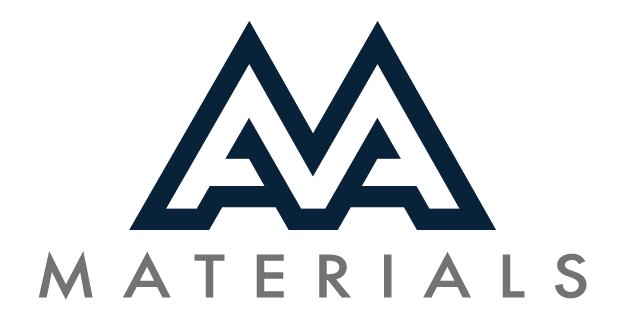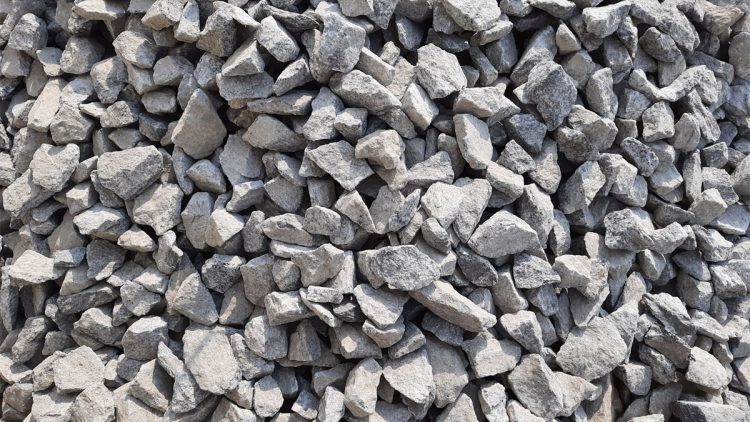What is Track Out Rock?
What is Track-Out Rock? 🚜🛑
Track-out rock (also known as construction entrance rock, tire wash rock, or stabilization rock) is a type of coarse, angular rock used at construction site entrances and exits to prevent mud, dirt, and debris from being tracked onto public roads. Track-out rock is a type of coarse, angular stone, typically ranging from 3 to 6 inches in size, used to stabilize construction site entrances and exits. Its primary purpose is to minimize the amount of sediment, such as dirt and mud, being tracked out from the construction site by vehicles. The angular shape of track-out rock helps remove debris from vehicle tires, reducing sediment transport onto public roads. It’s commonly placed in a controlled exit area about 50 feet long, 10 feet wide, and 6 to 12 inches thick. Maintenance includes using a loader to scarify the sediment-laden rock to “fluff” it up.
🔹 Key Features of Track-Out Rock
✅ Large, Angular Rocks – Typically 3” to 6” in diameter to remove debris from tires.
✅ High Durability – Made from crushed granite, basalt, or limestone to withstand heavy vehicle traffic.
✅ Excellent Drainage – Prevents water pooling and reduces mud buildup.
✅ Regulation Compliance – Helps meet EPA and local environmental codes for construction sites.
📍 Where is Track-Out Rock Used?
✔ Construction Site Entrances & Exits – Keeps public roads clean.
✔ Driveways & Access Roads – Prevents vehicles from carrying mud onto paved surfaces.
✔ Quarries & Industrial Yards – Reduces dust and debris in high-traffic areas.
📏 Track-Out Rock Installation Guidelines
- Layer Depth: 6” to 12” thick
- Minimum Length: 50 feet (recommended for maximum effectiveness)
- Geotextile Fabric Underneath: Prevents rock from sinking into the soil
Is Track-Out Rock Expensive? 💰
The cost of track-out rock varies based on location, supplier, rock size, and transportation fees. However, it is generally considered affordable compared to other construction materials.
💲 Track-Out Rock Price Breakdown
🔹 Average Cost in Phoenix, AZ
- $35 – $80 per ton (bulk pricing)
- $50 – $150 per cubic yard
- Delivery Fees: $50 – $150+ depending on distance
🔹 Cost Factors
✅ Rock Type: Crushed granite, basalt, or limestone can impact cost.
✅ Size of Order: Bulk orders (10+ tons) often get lower per-ton pricing.
✅ Supplier & Location: Local quarries tend to be cheaper than big retailers.
✅ Delivery vs. Pickup: Hauling costs can increase total expenses.
📌 Ways to Save on Track-Out Rock
✔ Buy in Bulk – The more you buy, the lower the per-ton price.
✔ Pick Up Yourself – Avoid delivery fees if you have the right equipment.
✔ Compare Suppliers – Prices vary, so check local quarries and landscape supply companies.
Landscaping Materials Scottsdale, Arizona
A & A Materials, Inc., located in Scottsdale, Arizona, offers, rip rap rock, mulch and wood chips for your landscaping or gardening needs. Contact us or call us at 480-990-0557 for more information.

